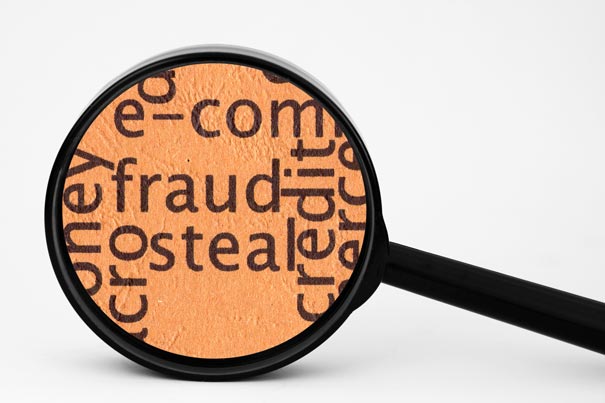A recent legal case has clarified when banks are liable for mortgage fraud in a decision that may see the victim worse off in certain scenarios.
The decision will also remove liability from the bank in certain fraudulent transactions even if the proper loan processing procedures were not followed.
The case, Spiliotopoulos v National Australia Bank Limited and Ors, saw the borrower allege that the individual who witnessed their signature on the mortgage did not in fact meet them and that their signature was forged, Louise Massey, partner at Dentons, told Australian Broker.
The ruling by the Supreme Court of NSW found an individual’s claim to be a registered proprietor at Land and Property Information (LPI) can be challenged in the event that a bank had knowledge of or participated in the fraud in the first place, Massey explained.
Spiliotopoulos, the borrower, said that the bank had been aware of the alleged fraud; a claim which the court dismissed due to lack of evidence.
“When the bank looked at the mortgage, it seemed to have followed all the proper procedures. There was nothing in the document that would have put the bank on notice. The bank wasn’t a participant in the fraud, so it couldn’t be attributable to the bank in any way,” Massey said.
The decision means that even if a bank did not completely follow proper procedures stated by its internal policies, it still would not be responsible for fraud in this particular type of case as they had no notice of fraud and therefore could not be liable, she added.
“The failure from banks to follow their own policies and procedures might trigger some other legal actions against the bank, but that wasn’t the case here.”
From the lender’s point of view, this was a very good decision as it provided protection against fraud allegations, Massey said.
However if the banks weren’t going to be held liable in these cases, this may mean that fraudsters had more scope to get away with it, she added.
“In a lot of cases like this, the fraudster is liable. The difficulty you have is sometimes fraudsters are people who operate in very sophisticated setups. It’s often very difficult to attempt to actually find them and charge them. Often they go missing in action.”
“When something like this occurs and the bank’s not responsible, who gets caught with the liability? Where does the liability or the loss fall? It doesn’t fall with the bank. If you can’t find and charge the fraudster then the loss is ultimately borne by the innocent party. Sometimes, that’s just the way it plays out.”
Massey also pointed to the move towards digital mortgages as an area to watch.
“The Spiliotopoulos case was before anything was electronic and so the mortgage was all done in hard copy. Now there are a lot of conveyancing transactions which are going ahead online. The electronic landscape might give more scope for fraudulent conduct to actually occur.”

